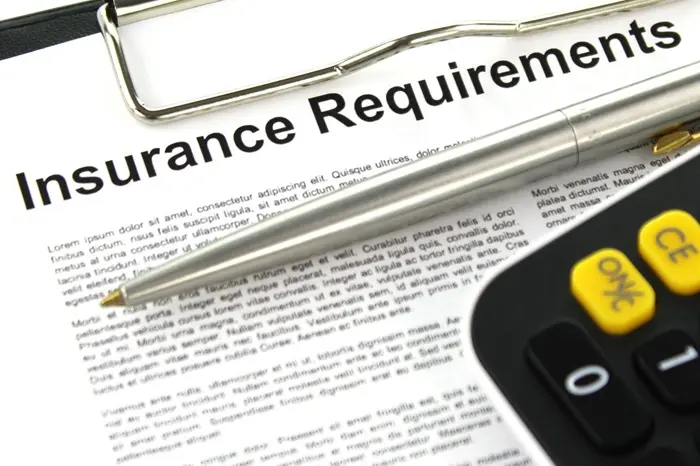Spiriva is a widely prescribed medication used to manage chronic obstructive pulmonary disease (COPD) and asthma. It helps relax the muscles around the airways, making breathing easier. Many patients rely on this medication, but its cost can be a concern, especially for those without insurance. Understanding the price of Spiriva without insurance and exploring ways to reduce expenses is essential for patients seeking affordable treatment.
This article examines the factors influencing the cost of Spiriva, compares different purchasing options, and provides strategies to lower out-of-pocket expenses.
Understanding Spiriva and Its Uses
Spiriva (tiotropium bromide) is a long-acting bronchodilator that belongs to a class of drugs called anticholinergics. It is primarily used for:
- Managing symptoms of COPD, including chronic bronchitis and emphysema.
- Treating asthma in certain cases, often as a maintenance medication.
The medication is available in two forms:
- Spiriva HandiHaler – A dry powder inhaler.
- Spiriva Respimat – A soft mist inhaler.
Both forms work similarly but differ in their delivery mechanisms. The choice between them depends on patient preference and physician recommendation.
Factors Affecting the Cost of Spiriva Without Insurance
Several factors influence how much Spiriva costs for uninsured patients:
1. Formulation and Dosage
The price varies depending on whether the patient uses the HandiHaler or Respimat. Generally, the Respimat version tends to be more expensive due to its advanced delivery system.
2. Pharmacy and Location
Different pharmacies set varying prices for the same medication. Large chain pharmacies, independent pharmacies, and online retailers may offer different rates. Additionally, costs can differ based on geographic location.
3. Brand Name vs. Generic
Spiriva was initially available only as a brand-name drug. However, generic versions (tiotropium bromide) have entered the market, offering a more affordable alternative.
4. Manufacturer Discounts and Patient Assistance Programs
Pharmaceutical companies sometimes provide savings programs or financial assistance to eligible patients, reducing the overall cost.
Average Price of Spiriva Without Insurance
The cost of Spiriva without insurance can be significant. Below is a general estimate:
- Spiriva HandiHaler (30 capsules): Typically ranges between 400and500 per package.
- Spiriva Respimat (4.5 mcg, 60 doses): Usually costs between 500and600 per inhaler.
Prices fluctuate based on pharmacy pricing policies and regional differences.
Ways to Reduce the Cost of Spiriva
For uninsured patients, the high price of Spiriva can be a financial burden. However, several strategies can help lower expenses:
1. Opt for Generic Versions
Generic tiotropium bromide is usually cheaper than the brand-name Spiriva. Patients should consult their doctors to determine if a generic alternative is suitable.
2. Use Prescription Discount Cards
Several organizations and websites offer discount cards that can reduce medication costs by a significant percentage. Examples include GoodRx and SingleCare.
3. Check Manufacturer Coupons
Boehringer Ingelheim, the manufacturer of Spiriva, occasionally provides coupons or rebates that lower out-of-pocket costs.
4. Explore Patient Assistance Programs
Pharmaceutical companies often have programs to help low-income patients access medications at reduced or no cost. Eligibility depends on income and insurance status.
5. Compare Pharmacy Prices
Prices vary between pharmacies. Patients should compare costs at local and online pharmacies to find the best deal.
6. Consider Mail-Order Pharmacies
Some mail-order pharmacies offer bulk purchasing discounts, which can be cost-effective for long-term medication needs.
Alternative Medications to Spiriva
If Spiriva remains unaffordable, patients may discuss alternative treatments with their healthcare providers. Some alternatives include:
Other Long-Acting Anticholinergics: Such as Incruse Ellipta (umeclidinium).
Combination Inhalers: Like Anoro Ellipta (umeclidinium/vilanterol) or Stiolto Respimat (tiotropium/olodaterol).
Short-Acting Bronchodilators: Such as albuterol, though these are less effective for long-term control.
Each alternative has its own cost structure, and patients should evaluate them based on efficacy and affordability.
The Importance of Consulting a Healthcare Provider
Before making any changes to medication regimens, patients should always consult their doctors. Switching to a generic or alternative medication without medical advice can lead to ineffective treatment or adverse effects.
Healthcare providers can also help patients navigate financial assistance programs and recommend the most cost-effective solutions.
The Role of Government and Non-Profit Organizations
Government programs and non-profit organizations can also play a crucial role in helping uninsured patients afford medications like Spiriva. Some states offer prescription assistance programs for low-income residents, while federal initiatives such as Medicare and Medicaid may provide coverage for eligible individuals. Additionally, non-profit groups like the Patient Advocate Foundation and NeedyMeds offer resources to help patients navigate financial aid options. Exploring these avenues can provide additional support for those struggling with high medication costs.
Long-Term Financial Planning for Chronic Medication Needs
For patients requiring long-term use of Spiriva, developing a financial plan is essential. Setting aside a dedicated healthcare budget, utilizing health savings accounts (HSAs), or exploring flexible spending accounts (FSAs) can help manage recurring expenses. Some patients may also benefit from discussing payment plans with their pharmacies or healthcare providers. By taking a proactive approach to financial planning, individuals can reduce stress and ensure consistent access to necessary medications without compromising other essential needs.
Conclusion
Spiriva is an effective medication for managing COPD and asthma, but its cost without insurance can be prohibitive. The price varies based on formulation, pharmacy, and geographic location. Uninsured patients can explore generic alternatives, discount programs, manufacturer coupons, and patient assistance initiatives to reduce expenses.
Comparing pharmacy prices and discussing alternative treatments with a healthcare provider can also help manage costs. While Spiriva remains a valuable treatment option, patients should proactively seek ways to make it more affordable.
By understanding pricing factors and utilizing available resources, individuals without insurance can still access the medication they need for better respiratory health.
Related Topics:
How to Qualify for Usaa Insurance?































